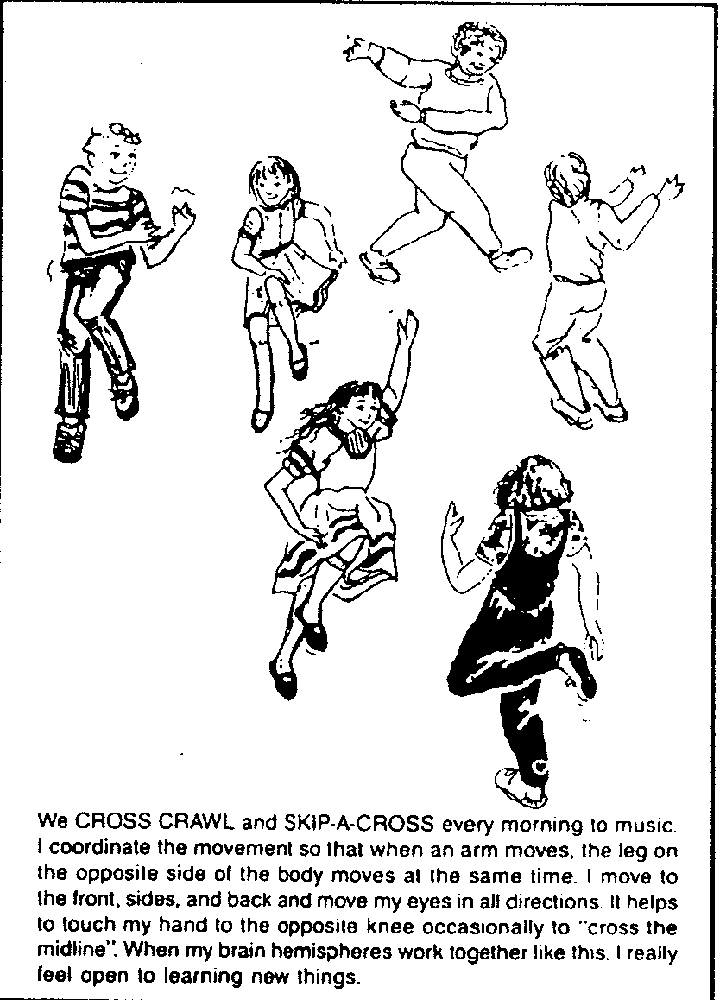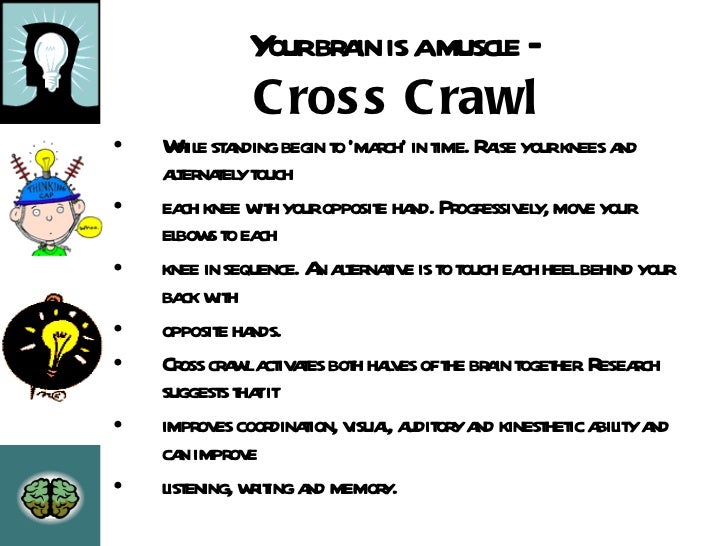

Student learning outcomes experimental class-2 is 73,12. The results showed that the average value of the N-Gain score of student learning outcomes in the experimental class-1 was 80,72. The brain-based learning activities applied in this study are listening to music, drinking water, doing a brain gym, working on crossword puzzles, and group determination based on the dominance of students' brains.

The data analysis technique used is the T-test. This research is a quasi-experimental study with a nonequivalent pretest-posttest control group design. The experimental class-1 is the class applied by PjBL with a brain-based STEAM approach, while the experimental class-2 is a class that uses PjBL with the STEAM approach without brain-based. This research was conducted in a special school for girls and used two experimental classes, namely experimental class-1 and experimental-2 class. The purpose of this study is to determine differences in student's learning achievement consisting of learning outcomes and science process skills. Thus, this concept paper would contribute to the implementation of sustainable learning and teaching for ASD children’s cognitive development.

Phase 4, is to establish the conceptual model that incorporated Cognitive Acquisition in Language and Communication skills for ASD children within the Model framework. Phase 3 involves incorporating components and features identified in phase 1 and verified in phase 2 into a Smart Linguistic-based Cognitive Acquisition Model. Phase 2 involves interviews with 20 professionals for verifying the selected components. Phase 1 seeks to identify the components and features of cognitive skills acquisition, leading to a conceptual model supporting the language and communication development of ASD children. The Smart Linguistic-based Cognitive Acquisition Model, in this paper, is proposed to be developed in four phases. Such a Model will proliferate sustainable methods of learning and teaching to assist parents, guardians, and instructors of ASD children implementing the intervention activities. This concept paper is to establish the Framework to assist in the understanding of how the Model can be used to improve the cognitive development of ASD children. This study provides alternative to parents, teachers and school administration to provide appropriate learning stimulus that could fulfill the needs of students in school and at home.Ĭognitive acquisition is the ability to improve cognition, brain health, and neural communication supporting the development of cognitive skills among children with Autism Spectrum Disorder (ASD). The finding also shows a significant increment for Digit Span Memory and Spatial Memory skills among participants in the intervention group. The findings of the study show a significant increment of the working memory function for both intervention groups. Two non-parametric test was used to interpret the data: (1) Spearman Rank Order Correlation to determine the relationship of the three groups on the pre- and post-test and Wilcoxon Pair Signed Rank Test to measure the difference between pre- and post-test scores for the control group, two intervention groups, and three working memory component. Data for the working memory function that were collected during pre- and post-test using three instruments: (1) Digit Span Memory Test (2) Spatial Memory Test and (3) Picture Identification Test.
#Brain gym cross crawl free#
They were allocated with 5-minutes Brain Training game for each person in a group during free time at school.

Meanwhile, Brain Training intervention was carried out by another intervention groups on a daily basis for four weeks. The Brain Gym intervention group performed Brain Gym ® Superspace exercise on a daily basis for four weeks during the first school session. This quasi-experimental study involved three group of five students that were allocated into control group, Brain Gym, and Brain Training intervention group. This study aims to identify the effective approaches that could enhance the working memory function of students with learning disability. Learning disability is commonly associated with a weak working memory function of a student that impacts his or her performance in school.


 0 kommentar(er)
0 kommentar(er)
